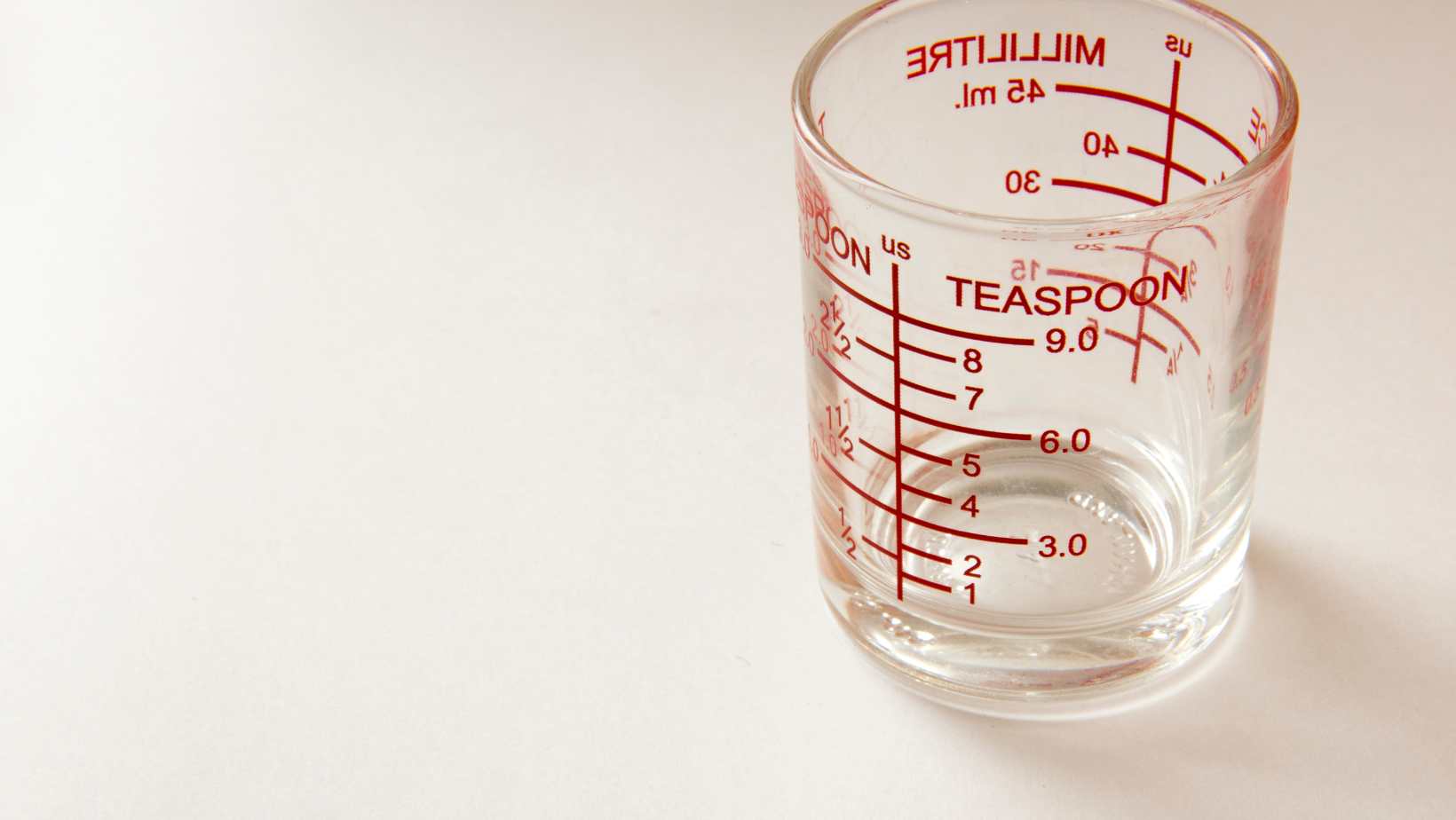How Many Insulin Units in a ML? A Deep Dive into Dosage Measurements

Understanding the measurement of insulin units in a ml is essential for anyone dealing with diabetes. Insulin is typically measured in international units (IUs), and it’s critical to note that these measurements are not equivalent to milliliters (ml). In fact, the concentration of insulin per ml can differ depending on the type of insulin.
Standard U-100 insulin contains 100 units/ml. That means one milliliter (1ml) of U-100 insulin has 100 units of insulin. It’s crucial to be aware of this conversion as mismatches might lead to severe health consequences including hypoglycemia or hyperglycemia.
However, keeping track of your insulin dosage doesn’t have to be confusing. With knowledge and careful attention, you’ll find it easier than you may think. Remember, when it comes to managing diabetes, accuracy matters just as much as consistency.
How Many Insulin Units in a ML
Insulin, it’s a vital hormone that helps our bodies use glucose for energy. When we delve into the nitty-gritty of insulin measurement, things can get a bit technical. So let’s break it down.
In essence, an insulin unit isn’t a standard metric or imperial measurement like grams or ounces. Instead, it’s based on its biological activity – how potent the insulin is in reducing blood sugar levels. In the world of medicine, one unit of insulin typically refers to the amount needed to lower blood glucose by 50 mg/dL in a fasting rabbit…yes you heard me right, a rabbit!
Now, when we talk about how many units are in 1 mL (which equals 1 cc), here’s where things take another twist. The concentration of most insulins available today is U-100, which means there are 100 units of insulin per milliliter.
So if you’re using U-100 insulin (the most common type), each milliliter will have 100 units.
For those who prefer visual aids, imagine filling up a syringe with water from a bottle labeled ‘U-100’. If you drew up to the 1 mL mark on your syringe – voila! You’d have exactly 100 units of insulin.
However, not all insulins come at this concentration. There are also less commonly used concentrations like U-40 or even U-500! That’s why it’s always important to check your vial or pen before dosing – because not every “unit” is created equal!
Remember though, while understanding these measurements can be helpful – especially if you’re managing diabetes yourself – don’t make any changes without chatting with your healthcare provider first. They’ll provide guidance tailored specifically to your needs and situation.
The Relationship Between Insulin Units and Milliliters
Diving into the topic of insulin dosage can be a bit overwhelming at first, especially with terms like ‘units’ and ‘milliliters’. However, I’m here to break it down for you. In terms of insulin, one unit doesn’t equate to one milliliter. When we’re dealing with U-100 insulin, which is most common, 1 milliliter (ml) actually contains 100 units of insulin.

Now, let’s talk specifics. If you’ve ever handled an insulin vial or pen, you’d notice that they’re usually marked in units rather than milliliters. For instance:
- A standard vial holds around 10 ml of insulin.
- This translates to approximately 1000 units since each ml contains about 100 units.
So what does this mean when it comes time for your daily dose? Let’s say your doctor prescribes a daily dose of 40 units.
- You would only need to inject .4 ml from your vial or pen because each ml carries about 100 units.
This might seem confusing at first glance but once you understand the conversion – that there are generally about 100 insulin units per milliliter – everything becomes much clearer.
But remember folks! Every patient’s needs are unique. The amount of insulin needed can vary greatly depending on individual factors like body size, level of physical activity and glucose levels throughout the day. Always consult with healthcare provider for personalized advice on managing diabetes effectively.




